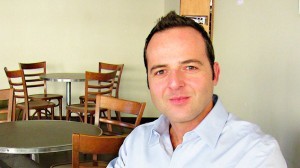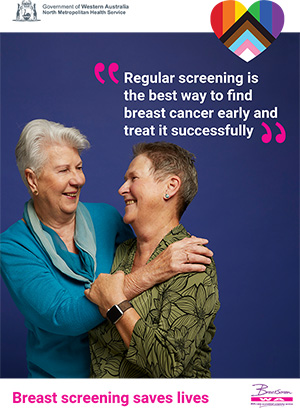Cipri Martinez WA AIDS Council
Two new HIV prevention strategies are under the spot light this month in the USA, and although they may be years away from being considered or implemented in Australia, their potential impact is significant and worth discussing.
Firstly, Truvada, a drug currently used to treat people living with HIV is being recommended as a prevention method for HIV negative people. Truvada was found to be 92% efficacious in participants with a detectable level of drug in their blood according to the iPrEx trial.
Secondly, Orasure has produced a rapid in-home HIV test based on an oral swab, which is provided over the counter and takes 20 to 40 minutes for a result. Watch out for the high false positives, one in six, and the high false negatives, one in 62. The US Food and Drug Administration (FDA) will be deciding on the 15th June on whether the recommendations from its Antiviral Drugs Advisory Committee will be approved.
Why are we exploring more prevention strategies, can’t gay men just use condoms every time? The answer is perhaps yes and no. Most gay men will most of the time continue to use condoms to prevent HIV infection. However some gay men will use a variety and combination of other HIV prevention strategies to fulfil their needs. What is clear though, is that risk reduction is not risk elimination, and every strategy has its own advantages and pitfalls.
To start with, the downside to a pill every day for HIV prevention like Truvada, is remembering to take it and the potential for side effects. An Oral HIV test sounds quick and easy but what happens if you conduct this test whilst still in the window period (highly infectious and no HIV antibodies for the swab to react to)? There is also the difficulty associated with false positive and false negative test results, leading to greater risk taking and a potential increase in HIV transmission. Certainly the discussion in Australia still poses concerns about self testing and a person’s capacity to interpret and or accept the results emotionally.
Current models in Australia are those such as the M Clinic, a sexual health service where appropriate pre and post HIV test counselling support and information is provided, ensuring a duty of care to the service user. The advantage with this model of professional, peer run service is that individuals also have the opportunity to be tested and treated for other sexually transmissible infections, hence reducing the risk of acquiring HIV. If and when rapid testing does become available in Australia, the M Clinic would sit very well placed to facilitate such a service.
What’s important is that as a community we continue have dialogue about these issues, so as a community we can decide on how to optimise the next HIV prevention tools that have emerged. We may all not have the same sexual intimacy needs and preferences, but will almost all certainly prefer less sexually transmitted infections in our community.




